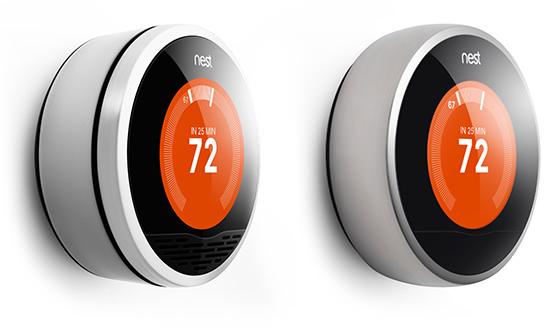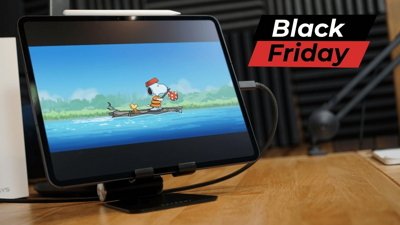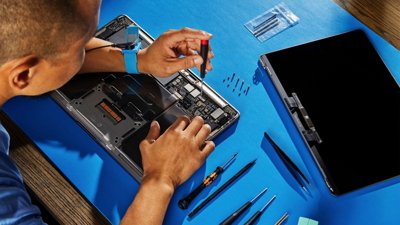Nest, makers of the popular Learning Thermostat, have pushed out an update for their device, adding the ability for the thermostat to adjust its behavior to sunlight, as well as other new features.
Owners of first or second-generation Nest devices, if they have their thermostats hooked up to Wi-Fi, will automatically receive the version 3.5 update in the next few days, according to a post on the Nest blog. That update will allow the thermostat to use its built-in light sensor to detect when it is in direct sunlight and to adjust its temperature settings accordingly. The feature, dubbed Sunblock, will turn on after at least one day of Nest being in direct sunlight.
The update also brings the ability to set Nest to run a fan all night and turn off in the morning or to run to any other user specifications, thanks to Advanced Fan Control. Other new features include Cool to Dry, in which Nest uses its humidity sensor to detect humidity levels and turn on the air conditioner when needed; Enhanced Auto-Away, which allows the thermostat to better understand your schedule; and Auto-Tune, which finds opportunities to save energy and helps users take advantage of them. Specific information on each of the new features is available on Nest's site.
Nest also announced that it would be updating the Nest Mobile app for iOS and Android. Those updates are aimed at making changing the temperature more natural, more like turning the ring on the Nest itself. The updates will also bring the ability for Nest to message users when they need to change their filters or perform some other action.
Monday's announcements are in keeping with what Nest founder Matt Rogers recently said with regard to keeping the device fresh and increasingly capable. Since thermostats are meant to be put in a home and to last for years, the company will be looking to expand capabilities not through continual hardware updates, but instead through regular software updates.
"We don't expect people to buy a new Nest every year," Rogers said in February. "It's not like a smartphone. We don't expect our users to do that. These things should stay for five or ten years, so we're relying a lot on software updates, going forward. We're going to have hardware updates, but a lot of our changes are going to come through software."
 Kevin Bostic
Kevin Bostic














 William Gallagher
William Gallagher
 Christine McKee
Christine McKee
 Stephen Silver
Stephen Silver

 Charles Martin
Charles Martin


 Amber Neely
Amber Neely








27 Comments
Bought two first gen units (upstairs/downstairs) from Amazon for $179 each a month or so ago for our heatpump. They're pretty nifty little devices and I've been training the hell out of them to maximize power savings. I had regular Honeywell 7-day programmable remotes before, but they were so cumbersome to use that I rarely bothered tweaking the settings.
Now my lazy ass can adjust the temperature from my iPhone, my laptop or wherever.
I'm thoroughly surprised that there isn't a strong competitor to NEST by now.
Thermostats are a commodity item, and adding wi-fi is fairly cheap.
You could keep the rectangular edge of most thermostats and hide the dials and buttons behind the sides. It would still make for an attractive faceplate.
Or you could even add weather station functionality for a pittance.
Why does NEST still have the high-end thermo market to itself in 2013?
Nice update, especially here in Florida! Love our Nest to bits.
I'm thoroughly surprised that there isn't a strong competitor to NEST by now.
Thermostats are a commodity item, and adding wi-fi is fairly cheap.
You could keep the rectangular edge of most thermostats and hide the dials and buttons behind the sides. It would still make for an attractive faceplate.
Or you could even add weather station functionality for a pittance.
Why does NEST still have the high-end thermo market to itself in 2013?
Perhaps some people like quality. The company's Apple linage is clear from the packaging to the quality of materials.Further, the integration of software and hardware makes it a first rate product.
Their strongest competitor is themselves. Their product is having a huge failure rates. They also admit that they have problems. Their only solution, at this time, is to refund the customer's money. A company can't stay in business too long doing that.